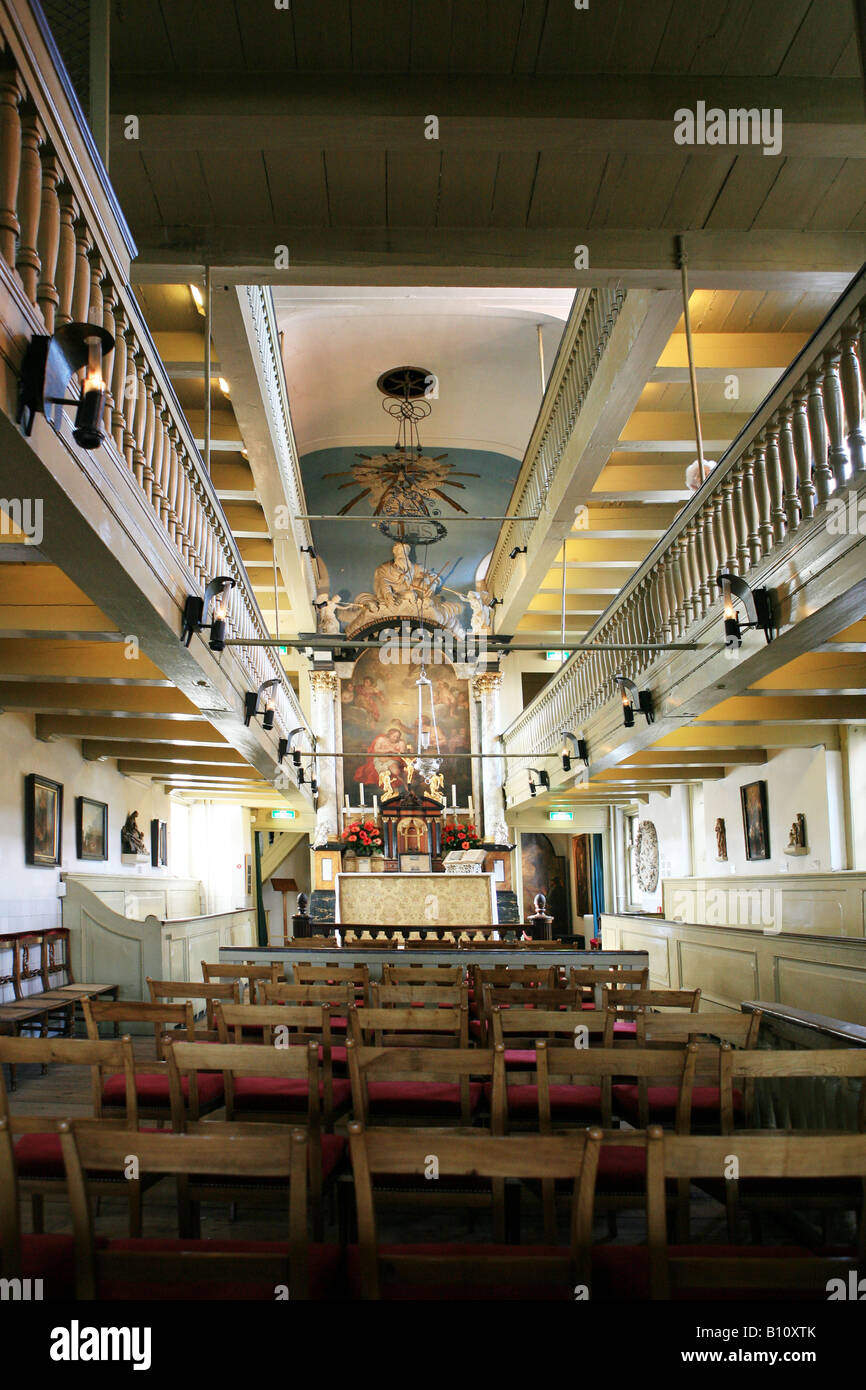The Secret Chapels of Amsterdam's Golden Age
In the 17th century, Amsterdam was a bustling hub of trade and culture, yet religious tolerance was not as widespread as one might expect. Catholics, who were prohibited from openly practicing their faith, found ingenious ways to worship in secret. This led to the creation of hidden churches, or "schuilkerken," ingeniously concealed within the city’s architecture.
Ingenious Use of Space

One of the most famous hidden churches is "Ons' Lieve Heer op Solder" (Our Lord in the Attic). This church is tucked away in the attic of a canal house. Built in 1663, it spans the top three floors of the building. The space is cleverly utilized, with pews and an altar that fit snugly under the sloping roof. The church could accommodate up to 150 worshippers, a testament to the skillful use of limited space.

Architectural Camouflage
These hidden churches were often disguised as ordinary homes or businesses. From the street, there was no indication of their true purpose. The exteriors were deliberately plain, blending seamlessly with the surrounding buildings. Inside, however, they were richly decorated, with altars, paintings, and ornate woodwork, reflecting the deep devotion of their congregations.
Preservation and Legacy
Today, many of these hidden churches have been preserved as museums, offering a glimpse into Amsterdam’s religious history. "Ons' Lieve Heer op Solder" is now a museum, allowing visitors to explore its narrow staircases and beautifully preserved interiors. These sites serve as a reminder of the city’s complex past and the resilience of its people.
Modern-Day Reflections
The hidden churches of Amsterdam are not just relics of the past; they continue to inspire modern architects and designers. The clever use of space and the ability to create beauty in unexpected places are principles that resonate in contemporary design. These churches stand as a testament to the ingenuity and adaptability of those who built them, offering lessons in creativity and resourcefulness.











